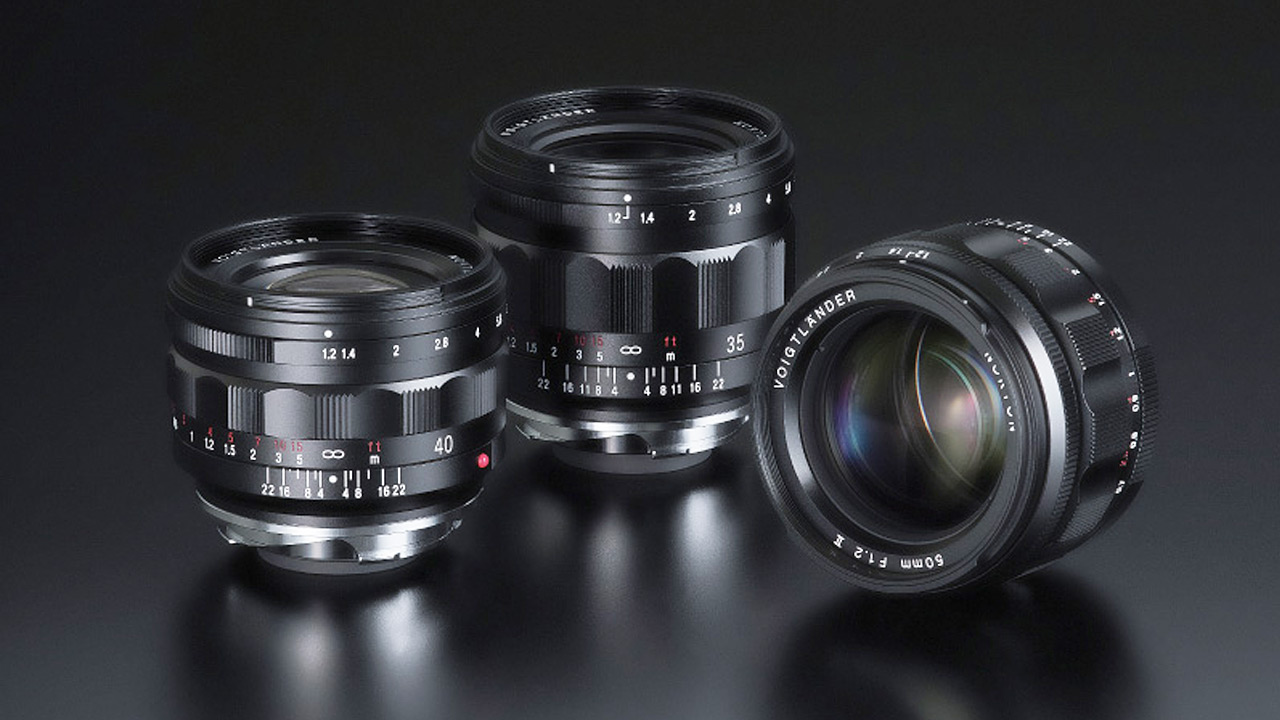Cinewhoop drones: What are they, and why the weird name?
Everything you need to know about Cinewhoop: where racing spirits, creativity and home-build enthusiasm fly together

In the consumer world, there are really only two kinds of drone: toy or camera. There is a lot of variety within there to be sure, but nevertheless that’s about it. Before drones were something seen in high-street retailers, though, enthusiasts would assemble their own from parts. Indeed it remains a lively community with parts available even from big brands like DJI. One of the key drone builder’s categories is Cinewhoop, so let’s see what makes it special.
People build drones from parts?
Some people build model railways, some people follow sports statistics. Delve a little and the hobby community is well established. A self-build cinewhoop will be made up of:
Frame – a variety of sizes measured on the diagonal
Motors – Four makes it a ‘quad’ like most drones
Propellors – Different diameters, numbers of blades and other factors
Flight controller – The drone’s brain, tells the props what speed to operate at to stay level or to respond to controls. Features like gyroscopes and inertial monitoring might be built in or need additional sensors.
ESC – Electronic Speed Controllers apportion the energy from the battery to each motor.
Battery – a matter of balancing weight and power, and often strapped on with Velcro
Antenna – to receive controls and send them to the controller.
What about cameras?
Cameras on drones aren’t actually essential, though you don’t usually find one without. They can do two things. One is put the pilot in the drone’s ‘cab’ for First Person View (FPV) flying. The other is record images. In consumer drones these are often done from the same video feed, but enthusiasts often go for two unconnected cameras for simplicity. These would be a tiny analog FPV camera and a radio transmitter.
Sometimes the transmitter might be connected to the flight controller, and overlay basic information. On digital video systems a more detailed metadata stream can be sent.

What parts characterize a Cinewhoop?
A Cinewhoop drone will have the ability to support an HD camera and the frame will be designed to prioritize the quality of the output. A big factor on output quality is keeping the drone stable, so a Cinewhoop’s airframe is built to create smooth flight rather than absolute maximum speed.
The kind of HD camera used is typically an action camera angled up. When flying forward the drone leans so, the draft is both downward to counteract gravity and backward to push the drone forward. A Cinewhoop drone will also have an FPV camera for piloting; both can have their angles adjusted separately.
In terms of appearance, the Cinewhoop frame typically features a fixed frame with ducts which protect the motors as well as smoothing out airflow.
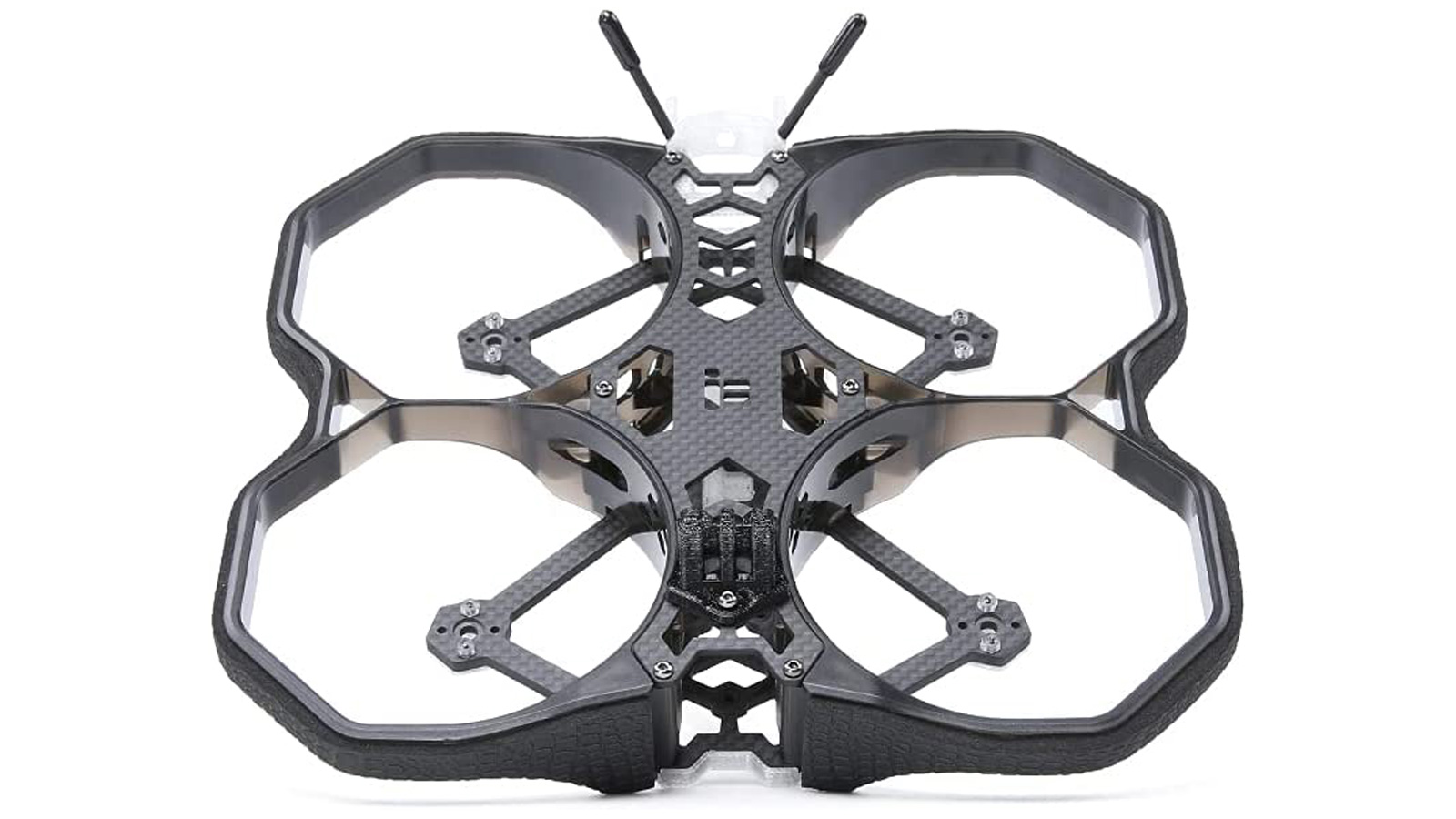
Is there as specific size for a cinewhoop?
Since the frame is built around the propellor guard ducts, the key influence on dimensions is the propellor size. A typical size for a Cinewhoop is 3-inch props, though 2.5 to 3.5-inch are also common. To help create smooth airflow, it’s also usual to have at least three blades on the propellors.
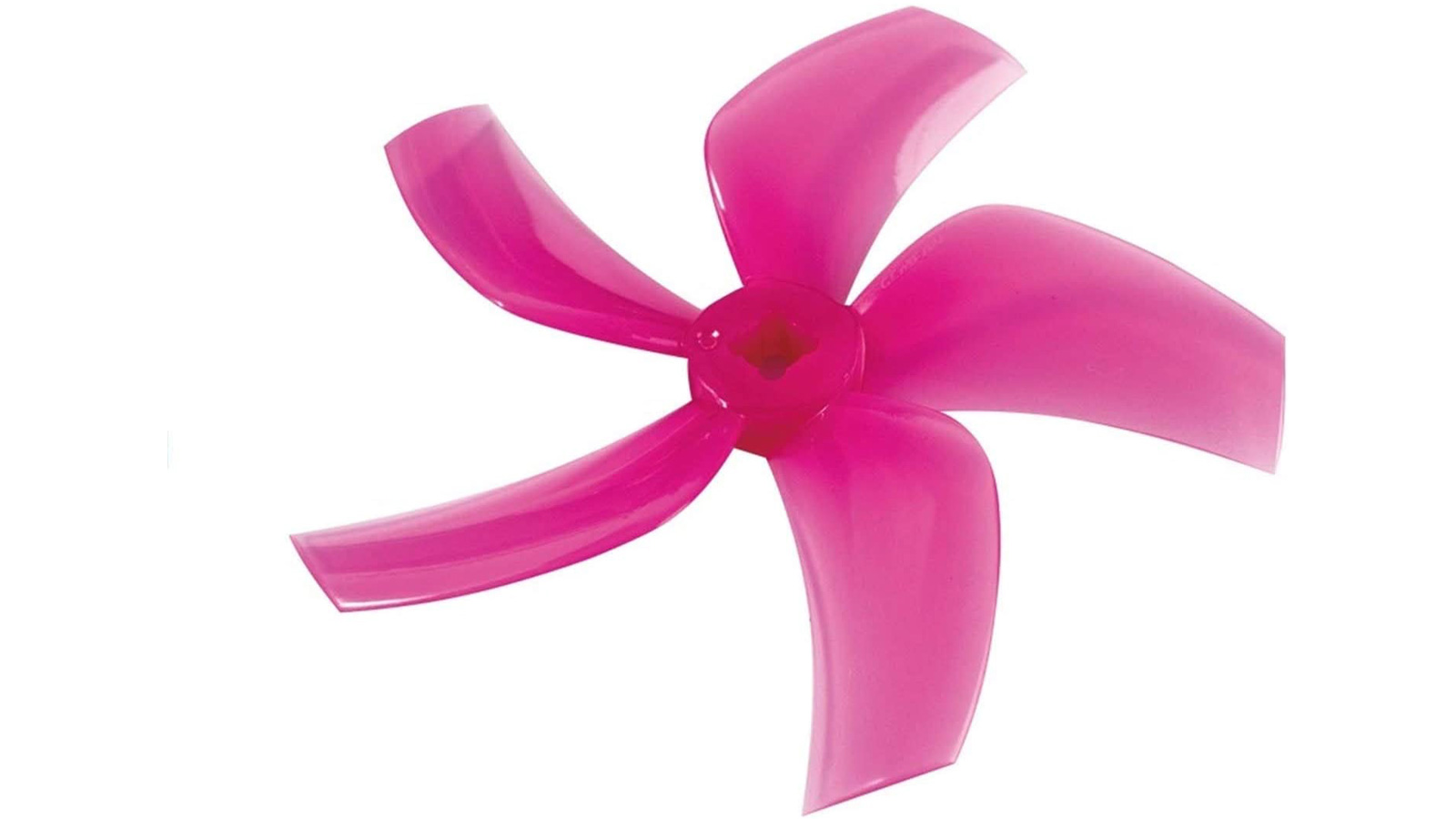
What can you do with a Cinewhoop?
If you’re using a modern action camera with image stabilization, you can produce good-looking video. Because it is still an FPV drone, it can be flown quickly through open windows and make dramatic turns, so the characteristic video is that of the hero’s perspective.
Above: A Cinewhoop drone is in its element exploring confined spaces, making sharp maneuvers and navigating through tight spaces, such as in this video of an abandoned factory (Credit: JanieCbros/Getty Images)
Why is it called Cinewhoop?
The word’s derivation is simply the plugging of ‘Cine’ to ‘Whoop'. So they are cinematic, and designed to take high-quality video - are are derived from an older, and still existing type of drone known as ‘Tiny Whoops’
So how did Tiny Whoops get their name?
Tiny Whoops are extremely light and compact aircraft were the brainchild of modestly named drone racers “Team Big Whoop” back in 2017. As FPV enthusiasts practicing hard they crashed a lot of drones. They had the idea of taking cheap toy drone tech (which tended to have built-in propellor guards) and attach FPV cameras. “Tiny Whoop” was the obvious name, and the team’s followers spread it like wildfire.
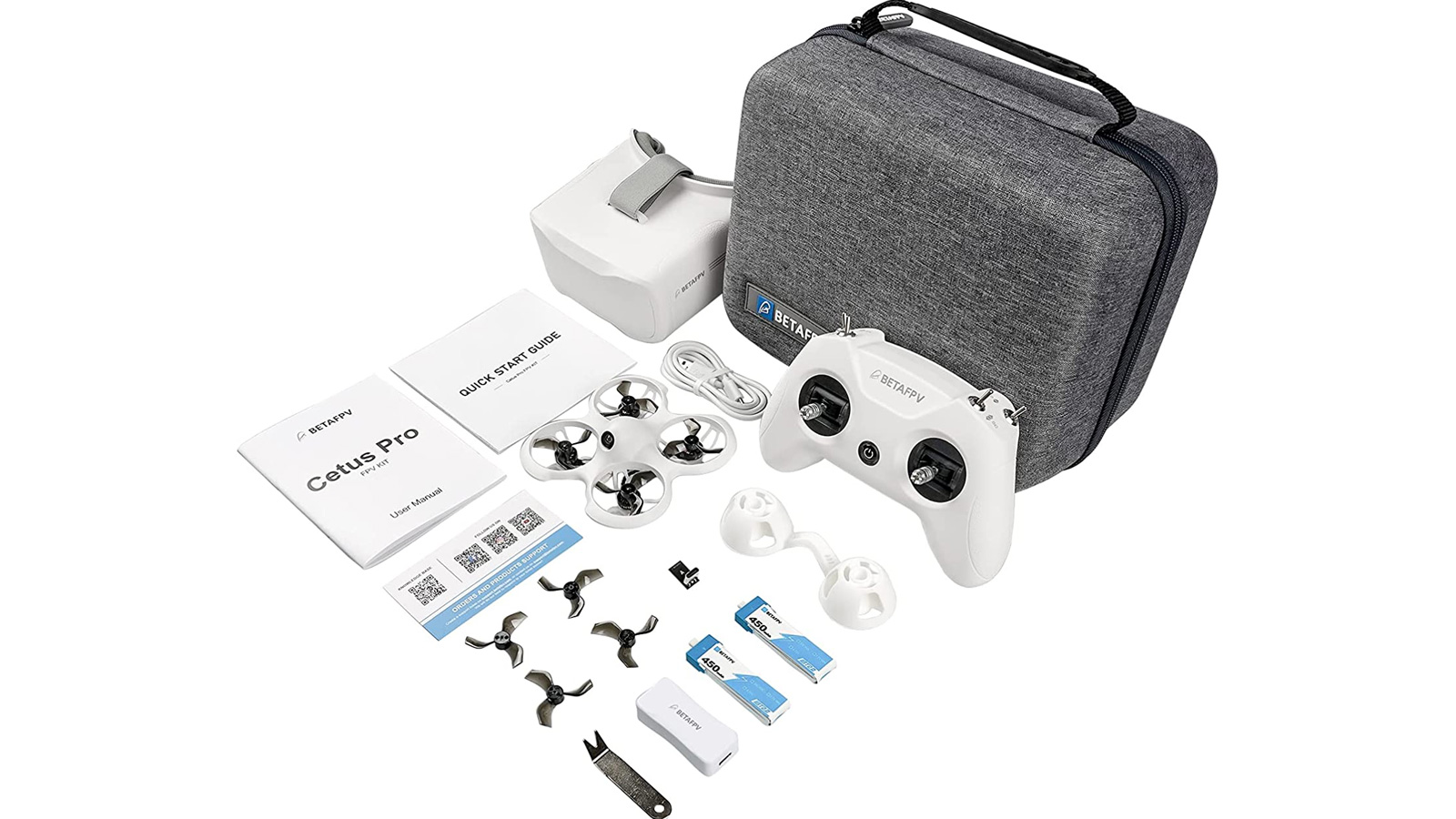
Do I have to build a Cinewhoop myself?
Since the category is well established amongst drone companies it’s possible to buy “Ready to Fly” (RTF) bundles from major drone companies. You’ll still need to work though things like charging LiPo (Lithium Polymer) batteries and – depending on the bundle – source a controller and goggles, but at least the drone will be built and ready to pair to your other accessories.
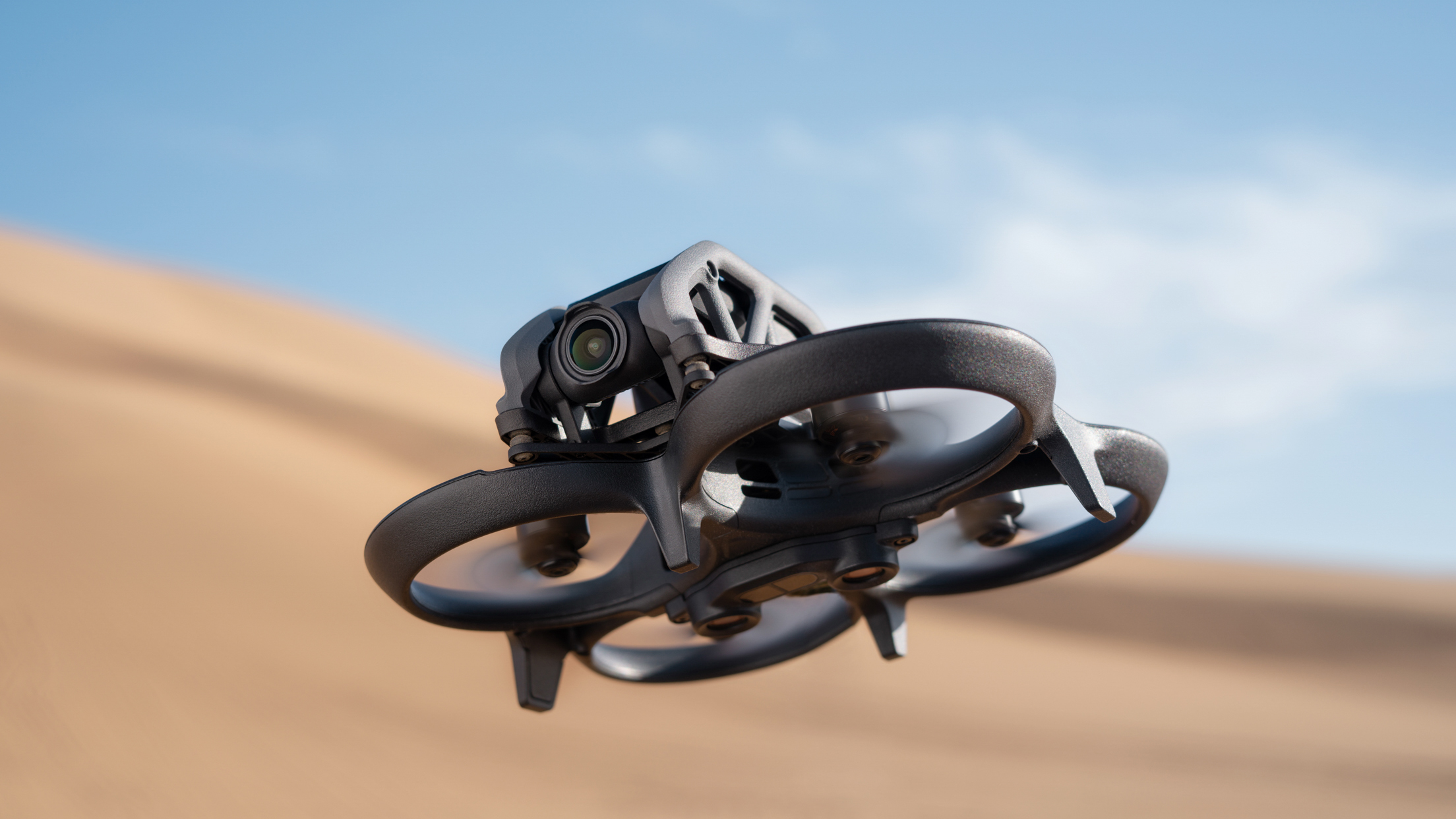
Does DJI sell a Cinewhoop?
DJI has been teasing the possibility of a mini FPV drone for a while, and on the 25 August they finally unveiled the DJI Avata – the company's first Cinewhoop drone. Available in a number of ready-to-fly kits, the Avata promises to bring this kind of a drone to a much wider audience than ever before.
Best accessories for your drone
The best drones for beginners
Best drones for kids
The best DJI drones
The best indoor drones
The best underwater drone
Best drones for fishing
12 things you need to make money from a drone
The best camera insurance for photographers
The best camera backpacks
Get the Digital Camera World Newsletter
The best camera deals, reviews, product advice, and unmissable photography news, direct to your inbox!

With over 20 years of expertise as a tech journalist, Adam brings a wealth of knowledge across a vast number of product categories, including timelapse cameras, home security cameras, NVR cameras, photography books, webcams, 3D printers and 3D scanners, borescopes, radar detectors… and, above all, drones.
Adam is our resident expert on all aspects of camera drones and drone photography, from buying guides on the best choices for aerial photographers of all ability levels to the latest rules and regulations on piloting drones.
He is the author of a number of books including The Complete Guide to Drones, The Smart Smart Home Handbook, 101 Tips for DSLR Video and The Drone Pilot's Handbook.
